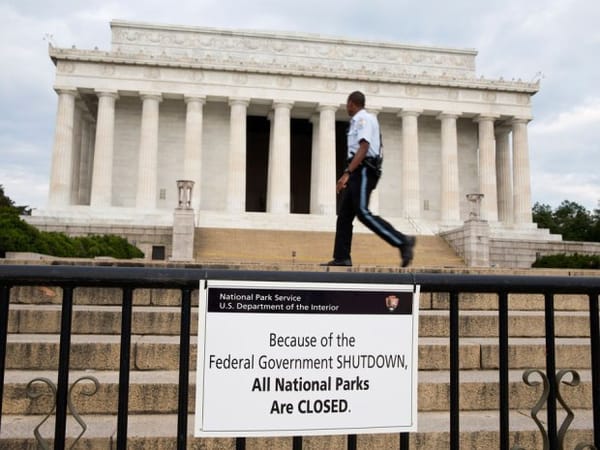Talks held between India and China over a border dispute
Jash Rughani looks into the escalating tensions between India and China
China’s presence on the global economic platform has been colossal since the turn of the millennium. It has followed the tenets of inclusive growth and has managed to eradicate rural poverty while the GDP is pegged at about 9 trillion dollars annually. However, the dragon country’s real problems and aspirations lie outside of its boundaries. Or so it appears from its relations with its neighbors.
Ties between China and Japan have been repeatedly strained by a territorial row over a group of islands,known as the Senkaku islands in Japan and the Diaoyu islands in China.The eight uninhabited islands lie in the East China Sea and they have a total area of about 7 square km and lie northeast of Taiwan, east of the Chinese mainland and southwest of Japan’s southern-most region, Okinawa. These islands matter because they are close to strategically important shipping lanes, offer rich fishing grounds and are thought to contain oil deposits. In December 2012 Japan said a Chinese government plane had violated its airspace over the islands and had caused much political turmoil in both the nations.
In October 2013 Philippines showed resistance to China’s overwhelming naval and maritime presence in the South China Sea and sought clarity on China’s territorial claims. The Philippines, Vietnam, Malaysia, Brunei and Taiwan have partial or total claims to the resource-rich and highly traversed sea while China maintained that it has indisputable sovereignty over nearly the entire sea.
Yet a long stand-off between Chinese and Indian soldiers in a disputed part of Ladakh in September, 2013 reflects another profound problem: already it ranks as the most serious confrontation between the Asian giants since the late 1980s. India accused its neighbour to the north-east of sending troops some 19km past a line of actual control (LAC), in the Despang area of Ladakh, a part of Jammu & Kashmir state that is wedged between Tibet proper and the vale of Kashmir. They had reportedly been there for more than two weeks and soon a small number of Indian soldiers set up camp within a stone’s throw of their Chinese counterparts. The incursion was seen simply as China putting pressure on militarily weaker India, presumably to extract concessions such as a freeze on the number of troops it deploys along the border, or some block on India’s development of bunkers, roads or other structures on its own side of the frontier. Any such freeze would leave Chinese forces, which are established on a plateau, in a much stronger position. They already enjoy the benefit of all-weather roads, railway lines and other structures that connect them to the rest of China.
Lastly, worsening bilateral relations would be at odds with broader gains between the countries in other fields. The value of bilateral trade, skewed heavily in China’s favour, has grown from just $2.9 billion a year at the start of the millennium to some $66 billion annually.China and India appear to co-operate as members of the BRICS group of countries, for example sharing a proposal to establish a new global development bank. And even along the disputed border, the two countries have established limited mechanisms for managing their disagreements peacefully. India’s prime minister, Manmohan Singh, went to Beijing to discuss matters of trade and border defense last week in the wake of hope for peaceful ties and improved relations.
Political actions are much deliberated over to create desired impacts and outcomes. It is not surprising to see the premier of a nation expecting general elections making overseas trips to strategically valid nations or delivering powerful speeches at international summits to woo thevote banks. Similarly, It is not difficult to understand the underlying motives of an imperialistic state trying to wield its influence on neighboring countries. In my opinion, today’s day and age where technological advancements have transformed the world into a single global village, it is in the interest of each nation to work cordially alongside the others. The influx of ideas across varied socio-economic backgrounds can be properly channeled with theever-growing infrastructure to facilitate better lifestyles. More than expanding on the arsenal, nations need to bolster their intellectual capacity to survive global competition. Macabre warfare needs to be renounced and development of soft skills deserves investments.








